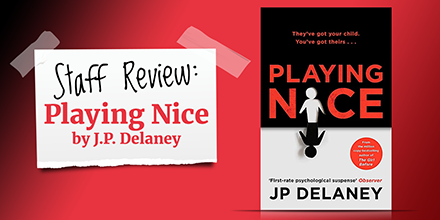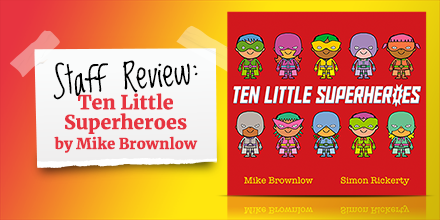‘The Great Gatsby’ by F. Scott Fitzgerald has been described as many things over the years – timeless, disappointing, beautifully written, intricate, boring, perfection – this conflicting list goes on.
It’s one that’s been on our reading list for a long time. You know the type – that classic fear of the unknown and therefore potentially direly boring, well, classic. But, when we had a moment (and it is a relatively short moment in the grand reading scheme of things, the book only being 180 pages long) we took a deep breath, pushed our classroom prejudices aside, and had a read.
And unfortunately this is the part where World of Books says – “we’re on the fence” (“cowards!” we hear you cry!) But we just can’t decide how we feel about this book.
‘The Great Gatsby’ (published post WW1) is considered by many to be Francis Scott Fitzgerald’s greatest novel, and is an undisputed classic in American literature, largely due to the fact that it’s considered as an illustration of the ‘Roaring Twenties’. This was a post war era that exuded defiance and freedom, and was a time when jazz came alive and prohibition in America changed the way society cooperated forever.
The reader is guided by the narrator Nick Carraway into the rich and superficial world of people living in mansions along Long Island shore. The story goes that a young and poor Jay Gatsby fell in love with Daisy, but was soon moved to serve overseas. During the following five absent years, Daisy marries the rough but wealthy Tom Buchanan, who treats her badly, but supplies her with the lavish lifestyle she requires. Years later and Gatsby has returned from his service and has earned a great living, soon moving to the same area of America to be near Daisy, who he has built an idealised picture up of over their long years of separation. By throwing elaborate and raunchy parties at his mansion home, Gatsby hopes to see Daisy once more and win back her love. But is love ever enough?
In terms of its illustration of the decadent and self-indulgent nature of the ‘Roaring Twenties’ that some Americans enjoyed, this novel is genuinely interesting. The picture it paints is clear, and the characters’ lack of ambition and general absence of motivation sets them up to be unlikeable, allowing the reader to analyse the story from a more emotionally removed viewpoint.
But is this book the “masterpiece” that some people (Ernest Hemingway being one of them) claim it as being? Well, we feel that this lack of empathy for the characters rendered them as being more like caricatures, which meant we weren’t enticed to pick this book up again and again because we just “couldn’t wait” to know what happened to them; basically, you find yourself simply not caring. However, we grudgingly accept that this may say more about what a modern reader expects from a novel in the 21st century rather than the book itself.
Another issue we had was that although Fitzgerald’s narrative exudes the all-consuming ‘American Dream’, it doesn’t do a very good job of portraying the flipside of this – the poverty and squalor that a vast amount of the American people were trying to survive through thanks to the global aftershocks of World War One, and catastrophic events such as Black Thursday in 1929. Perhaps if this struggling underworld was described or at least alluded to more often, the sheer excessive nature of the characters in the novel will have seemed grossly inappropriate and frivolous.
Having said this, the underlying love story between Daisy and Gatsby is at times stirring, and the frustration you feel at Daisy’s overriding desire for wealth rather than love, is of course exactly how Fitzgerald wanted the reader to feel. If you’re familiar with Greek tragedies, the ending of this novel won’t surprise you; it’s perhaps the journey that leaves you questioning how you really felt about this book.





No Comments